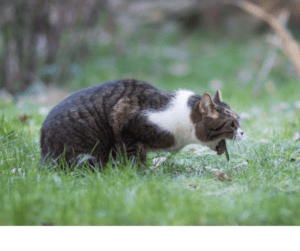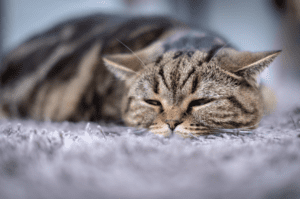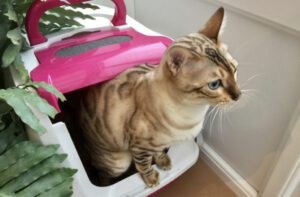As cat owners, one of the decisions we face is whether to keep our furry companions indoors or allow them outdoor access. Both indoor and outdoor lifestyles have their advantages and disadvantages, and it’s essential to consider your cat’s safety, health, and well-being when making this decision. In this comprehensive guide, we’ll explore the pros and cons of indoor and outdoor cat lifestyles to help you make the best choice for your feline friend.
Indoor Cat Lifestyle:
Safety and Security:
- One of the primary benefits of keeping your cat indoors is safety and security. Indoor cats are protected from outdoor dangers such as traffic accidents, predators, parasites, and infectious diseases. They are also less likely to encounter toxic substances, poisons, or other hazards commonly found outdoors.
Longevity and Health:
- Indoor cats generally live longer and healthier lives than outdoor cats. They are less likely to suffer injuries or illnesses related to outdoor hazards, such as fights with other animals, exposure to extreme weather conditions, or ingesting toxic plants or substances. Indoor cats are also at a lower risk of contracting infectious diseases transmitted by other animals.
Environmental Enrichment:
- While indoor cats may have limited outdoor access, there are plenty of opportunities to provide environmental enrichment indoors. Interactive toys, scratching posts, climbing trees, and puzzle feeders can help keep indoor cats mentally and physically stimulated. Additionally, spending quality time with your cat through play and affection can help prevent boredom and behavioral issues.
Reduced Environmental Impact:
- Keeping your cat indoors can help reduce their environmental impact on local wildlife. Outdoor cats are natural hunters and may contribute to the decline of native bird and small mammal populations. By keeping your cat indoors, you can help protect vulnerable wildlife species and preserve biodiversity in your community.
Outdoor Cat Lifestyle:
Exploration and Stimulation:
- Outdoor cats have the opportunity to explore their surroundings, experience new sights, sounds, and smells, and engage in natural behaviors such as hunting and climbing. Outdoor environments provide greater stimulation and enrichment for cats, allowing them to satisfy their innate instincts and fulfill their natural desires.
Exercise and Physical Health:
- Outdoor cats tend to be more active and physically fit than indoor cats. They have access to larger spaces for exercise and play, which can help maintain a healthy weight, strengthen muscles, and improve cardiovascular health. Outdoor cats also benefit from exposure to natural sunlight, which helps regulate their circadian rhythms and vitamin D production.
Independence and Freedom:
- Outdoor cats enjoy greater independence and freedom to come and go as they please. They can roam and explore their territory, establish social hierarchies with other cats, and engage in natural behaviors without human intervention. Outdoor cats have the freedom to retreat to quiet places or seek shelter in adverse weather conditions.
Mental Stimulation:
- Outdoor environments offer a wide range of sensory experiences for cats, including sights, sounds, textures, and scents. Exploring outdoor spaces stimulates a cat’s curiosity and provides mental enrichment, helping prevent boredom and behavioral problems associated with indoor confinement.
Making the Decision:
Ultimately, whether to keep your cat indoors or allow them outdoor access depends on various factors, including your cat’s personality, lifestyle, and environment. Some cats thrive indoors, while others may prefer the freedom and stimulation of the outdoors. Consider your cat’s individual needs, as well as your living situation, location, and safety concerns when making this decision.
If you decide to keep your cat indoors, be sure to provide plenty of environmental enrichment, mental stimulation, and opportunities for exercise and play. Consider creating a cat-friendly indoor environment with vertical space, hiding spots, and interactive toys to keep your cat happy and engaged.
If you choose to let your cat outdoors, take steps to ensure their safety and well-being. Provide supervision during outdoor time, establish a safe outdoor enclosure or catio, and consider microchipping and collar identification for identification purposes. Regular veterinary check-ups and parasite prevention are also essential for outdoor cats to maintain their health.
Ultimately, whether your cat lives indoors or outdoors, the most important thing is to provide them with love, care, and attention to help them live a happy, healthy, and fulfilling life.







